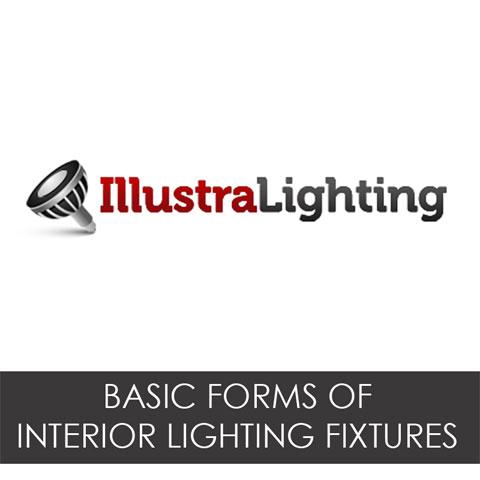Basic forms of interior lighting fixtures
No home is ever complete without lighting. Ironically, lighting is also one of the most overlooked aspects in choosing the right fixtures for the home.
When doing the interior design, aesthetics often becomes the sole determining factor when selecting the type of light fixture. But lights, when used properly, are not only sources of illumination but serves to accentuate the beauty of the room as well. Both the design of the fixture and the type of light it uses are important factors when deciding how you want the room to look and feel.
Different types of light as well as the basics of lighting were discussed in previous entries, but some significant changes have happened since then. Incandescent bulbs are now being phased out except for the designer types. Starting January 2012, production of 100-watt bulbs has ceased. 60 and 40 watt bulbs will soon follow in 2013 and 2014 respectively.
CFLs, on the other hand, are increasingly becoming unpopular due to their mercury content and significantly high levels of UV radiation emission. LEDs are getting a lot of attention from manufacturers and developers as well as consumers. Because of this, LED prices have steadily decreased and some of their issues, such as lower CRI and lumens, have been addressed.
Now that we know where light types currently stand, let’s take a look at some of the most common types of interior light fixtures.
- Hall and foyer fixtures – these are intended to provide ambient lighting that would give anyone entering the house a safe and welcome feeling. These can be either chandeliers, for halls with high ceilings, or halogens placed at strategic points to provide seamless lighting.
- Sometimes, soft wall-mounted light is used to give the illusion of space for smaller halls.
- Ceiling-mounted fixtures – these are the most common ones, and also with the most choices in terms of design and form. They are excellent sources of all-purpose lighting and are often installed with dimmer switches to have more control over their brightness as the situation demands.
- Wall-mounted fixtures – these are typically used for artistic effects. Most are designed to supplement ceiling-mounted fixtures rather than be the primary source of illumination.
- Incandescent bulbs are often used in wall-mounted fixtures.
- Track and rail fixtures – these are often used in areas where flexible lighting is needed.
- Simple pendant type lighting is used, often with 3 lights in one track or rail, and can be bent or swiveled to light in a particular direction.
- Recessed lighting – these provide task and ambient lighting, typically hidden so as to be unobtrusive giving a feeling of working in natural light. LEDs are often used in recessed lighting because of their design flexibility.
- Bath and vanity fixtures – bath fixtures are a matter of preference. While some opt for simple overhead lighting, most prefer seamless lighting that won’t cast any shadows. This especially true for vanities where light needs to be all around to better see faces. But there are also cases when muted or soft light is needed to create a relaxed atmosphere, such as in bathtub areas.
About the Author: Cassandra Allen
Marketing Director of www.IllustraLighting.com

Cassandra is a marketing professional with over 15 years of extensive experience leading corporate marketing and internal communications for multi-national companies in diverse industries.

